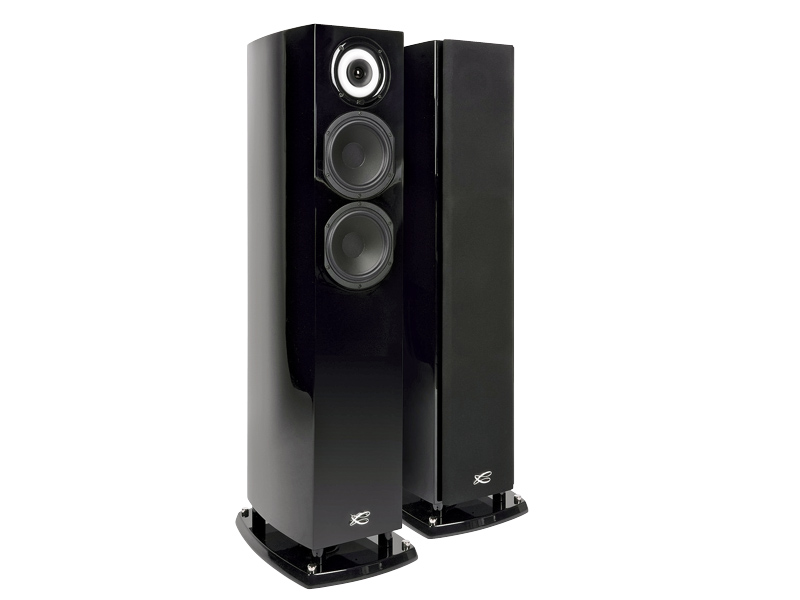TechRadar Verdict
Fine luxury build and finish, generous sensitivity and bass weight, but the 'point source' coherence doesn't really compensate for a lack of smoothness and rather laidback tonality through the mid and top
Pros
- +
Luxury build
- +
Nice finish
- +
Good sensitivity
Cons
- -
Rather laidback tonality
- -
Lack of smoothness
- -
Expensive
Why you can trust TechRadar
France's longest established speaker company, Cabasse, has an illustrious history that stretches back long before hi-fi became fashionable (and before it went out of fashion again).
Based in Brittany, on the North West coast of France, it was owned and run by two generations of the Cabasse family until its 2006 acquisition by Japanese multinational Canon.
Although it has been a major force in French hi-fi loudspeakers for decades, Cabasse has always found the UK scene tough going, having made more than one short-lived appearance here, less through any technical shortcomings than inadequate marketing.
The total product portfolio is dauntingly large and peppered with AV and sub/sat variations. The simple version is that the speakers are organised into three distinct ranges, Oceo, Idea and Artis, which seem to translate broadly into 'standard', 'premium' and 'style/high-end'. In a recent group test we were well impressed by the £1,358 per pair Oceo MC40 Java.
This review looks at the Egea 3, which is part of the Altura MC sub-group of the main Idea range: it shares a broadly similar configuration, but at £2,700 per pair, it also costs roughly twice as much as the Oceo model.
Although the similarity between the two models is unmistakeable, examining the detail shows that not only the enclosure, but also the drive units and crossover points are different and the total weight is considerably greater.
Build quality
Egea 3 is a three-way design: twin 170-millimetre bass drivers with 125-millimetre diameter Duocell cones are loaded by a downward-firing port that exits between the base and the plinth.
This crosses over around 1.12kHz to one of Cabasse's special co-axial drive units, which has an annular ('ring doughnut') shaped diaphragm, surrounding a small horn-loaded dome tweeter.
The annulus has visible inside and outside diameters of 55 millimetres and 97 millimetres respectively (determining the inside one is difficult because the tweeter horn overlaps the inside edge). The tweeter itself has a 19-millimetre diaphragm.
The speaker as a whole comes in high-gloss black or a couple of real-wood veneer options. The sides are convex – the speaker is wider at the middle than the front or the narrower back, avoiding horizontal standing wave focusing – and the oversize plinth ensures good physical stability.
A single terminal pair is mounted through a solid metal plate, and the grille is held by magnets.
Sound quality
Clearly intended to be positioned well clear of walls, the Egea 3 has a rich, full and laidback overall character, but it can also sound a little thick and heavy with some material.
It's certainly as lively as its high sensitivity would lead one to expect, and the bass goes deep with reasonable smoothness and plenty of energy, power and weight.
Timing is pretty good, and the 'point source' coherence of that mid/treble co-axial drive unit does help deliver decent quality stereo imaging. But there's no escaping the combination of a little too much restraint through the broad midband, alongside a lack of smoothness that's probably responsible for a degree of audible coloration.
The Egea 3 might have the edge over the MC40 Java, but it's hard to see how it can justify its very hefty price premium.
Follow TechRadar Reviews on Twitter: http://twitter.com/techradarreview
